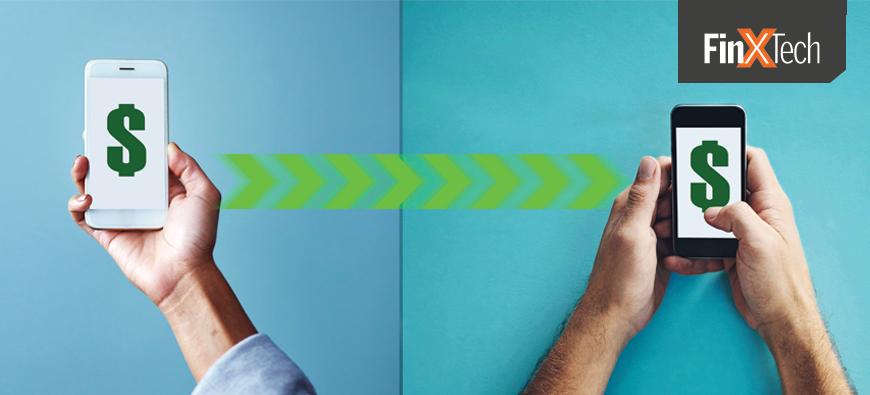
How to Modernize Your Payments Strategy
Brought to you by Payrailz

2020 induced widespread digital transformation in response to the coronavirus pandemic.
In payments, we saw the rise of options for contactless payments, digital wallets, P2P transfers and more. The challenge for banks was that consumers often did not have to go through their bank to use any of these solutions.
The developments in the payment space over the past year make one thing clear: Banks should keep up with the newest available consumer technology to retain and attract customers, and modernize their digital payments strategy for future success as well.
Consumer demand remains strong, and the experience companies provide matters more than ever. After leaning so heavily on digital solutions for the past year and a half, they expect everything to be easy and instant. It is now relatively easy to find payment apps that provide real-time payments, P2P, bill pay and more. Banks that don’t offer similar solutions runs the risk of losing market share to non-banks that do.
Customers are weighing their banking experience against their experience with fintech apps as well as any other experience they have when shopping online, ordering food or taking a rideshare. Any good customer experience – no matter the industry – is one that the bank must now measure up to.
Take artificial intelligence (AI) and machine learning, for example. While not every financial institution is using AI and machine learning today, retailers like Amazon.com use AI and machine learning to predict consumer behavior, knowing what they need and when they will need it. They estimate when consumers will repurchase a product or try something new. A bank that is not doing the same is falling behind in providing the experiences that many consumers are growing accustomed to.
Where to Start?
By leveraging technologies like AI and machine learning, banks can use the tremendous wealth of customer data at their disposal to provide a more personalized experience. This is a tremendous advantage over non-bank competitors that do not have access to the same consumer information. It can seem like a challenge to effectively put customer data to use, but there are a few steps banks should take to make the change a successful one.
First, a bank must set clear goals for what it wants to achieve when updating its payment platform or adding a technology like AI and machine learning. For most, the goal will be to provide a better experience, but it is helpful to dig even deeper than that. Ask: Do we want better customer satisfaction? More engagement with the platform? More bill pay users? More account-to-account (A2A) transactions? More P2P transactions? Be as specific as possible with goals, as these form the roadmap for the remainder of the process.
Once goals are set, find the partner that can help achieve those goals. Look for a partner that shares the bank’s vision for payments and has the right skill sets and capabilities to achieve those goals. Finding the right vendor partner will ensure the bank is successful in the end.
Clear goals and a like-minded vendor ensure that the tech a bank uses can help meet its goals. Just as Amazon uses AI and machine learning to predict a consumers’ purchases or recommend a product, banks can predict customers’ payment habits or make proactive payment recommendations to manage their financial health. The use cases of AI and machine learning are versatile, and can serve many different purposes to help banks reach their unique goals.
Finally, do not lose sight of the future. It is easy for banks to get concerned with what will make them successful now, but keep looking ahead. Work with your vendor to think about where both the industry and your bank are going. Be sure to choose solutions that can grow and change with the bank and its customers for years to come, rather than focusing too heavily on the here and now.
Change can be intimidating, but following the right steps to implement a tool like AI will ensure success by creating a better customer experience. Revitalizing your bank’s digital payment strategy is a process, but done right, the stronger digital relationships you build with your customers will be worth it.


